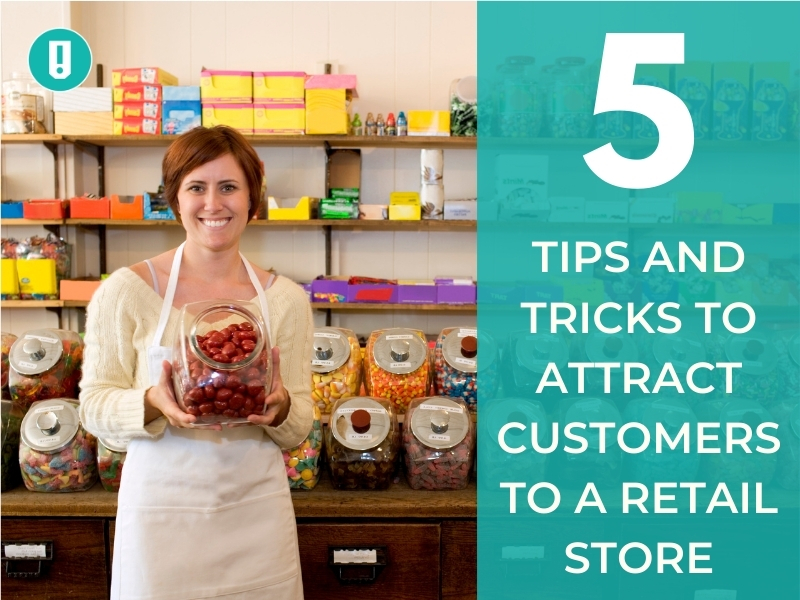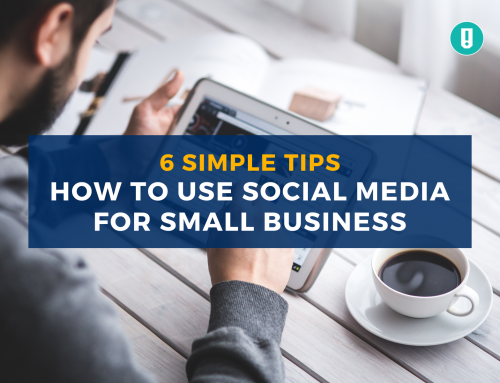Most retail companies focus their attention on eCommerce and tools that help them increase traffic, which is great if you want to attract customers. However, what about the traditional methods of retail marketing? What about the brick-and-mortar stores? Is retail going to become an exclusively online concept?
Obviously, physical retail stores are going through hard times now. At the same time, declaring Main Street dead would be a big mistake. Quite often, we can hear that emails or desktop computers will soon disappear, but they don’t. Retail stores may face many challenges because of the COVID-19 pandemic, but they can survive and attract customers. The main thing is to choose the right strategy, and in this article, you will find some useful tips.
Is It the End of Offline Retail?
Even though eCommerce is huge now, offline sales still bring 10 times more revenue than online sales. On the one hand, online shopping is very convenient. On the other hand, offline stores have more to offer. You can not only look at the photos of a product but also touch it or even try it in action. Besides, 18% of American consumers hate paying for shipping.
Brick-and-mortar shops are popular among all types of demographics. Even though all millennials and Gen Z have shopping apps installed on their smartphones, they still visit offline stores. Even though the coronavirus pandemic created multiple challenges for stores, now the evidence of their popularity becomes apparent. Now that lockdowns are slowly being lifted, hundreds of customers in Europe line up to get into stores.
Obviously, it makes sense to expect the same things to happen in the U.S. in the future.
Although lockdowns come to an end in many European countries, people still have limited options when it comes to vacations and cultural events. Many people also continue to work from home, and shopping gets a new meaning — it also offers an opportunity to socialize.
If you want to survive, you should be ready to get back on track. Therefore, you should be ready to attract customers, and you must do it as effectively as possible. Here are some tips that might help you.
1. Match online prices
33% of consumers compare prices in stores to prices online and then purchase products from competitors. Therefore, if you want people to purchase from you, you must make sure that you have competitive prices. However, competing with Amazon and other online platforms is almost impossible.
Quite often, you won’t be able to offer the same prices as online platforms do, but you can address the gap in prices by providing additional incentives. For instance, you can offer customer support or a warranty. You may also offer a money-back guarantee or a beautiful package. No matter what you choose, the main idea is to add more value so that people will know what they pay for.
2. Pay attention to your store’s appearance
Why do people make impulse purchases sometimes? There are a few factors that can influence such decisions, and one of the most important factors is the exterior of the store. In contrast, if your store isn’t visually appealing, the chances are that people will just walk by.
In the same way, if you want visitors to actually make a purchase, you should make sure that the interior of your store is also attractive. This way, you’ll create a positive customer experience, and your store will be more memorable. As a result, after visitors make a purchase, they’ll be more likely to recommend your store to their friends.
3. Optimize your website for local searches
According to research, most people discover offline businesses through an online search. Less than 9% of consumers discover stores by actually walking by. Therefore, optimizing your website for local searches is a must. If you do it successfully, more people will learn about your business, and they will also be able to understand whether or not your store meets their needs.
We recommend that you collaborate with local bloggers, include accurate information on Google My Business, and ask your customers to leave reviews on your Google listing.
4. Create your holidays
Most retailers always celebrate holidays like New Year or Halloween. However, it’s important to keep in mind that consumers don’t really care what the reason for the celebration is. They just want to have fun and to take advantage of discounts.
Holidays always attract customers, but if you don’t want to wait until the next big holiday, you can create your own holiday. It can be an already existing but not widely popular holiday related to your niche, or it can be your store’s birthday. Your store will immediately grab attention, and it will also be a great opportunity to engage with your potential customers, promoting your website and social media profiles.
5. Create a lounge space
The more reasons to enter your store people have, the better. As we’ve already mentioned above, the lockdown made people think of stores as not only shopping places but also opportunities to socialize. Create a space inside or outside of your store, offer free WiFi and tea or coffee. This way, people will come in to chat or browse their phones, while also being able to purchase something from you.
Obviously, this tactic enables you to build great relationships with your potential customers. Moreover, if they make a purchase they’ll be more likely to become loyal customers because they will associate your store with good moments and a friendly atmosphere.
Wrapping Up
Although many brick-and-mortar stores are in a survival mode now, they’re not going to disappear anytime soon. Offline stores enable people to see products closer and to touch them before buying, which is impossible when shopping online. Besides, your offline store can offer a much more comprehensive customer experience. We hope that our simple tips will help you prepare for the end of the pandemic so that you can quickly attract customers and boost your sales.
Rhonda Martinez is a solopreneur, content writer and blogger. She currently works for a few reputable dissertation writing services and writes articles on a number of different topics. Rhonda specializes in writing content related to digital marketing, ecommerce and edtech.






Leave A Comment